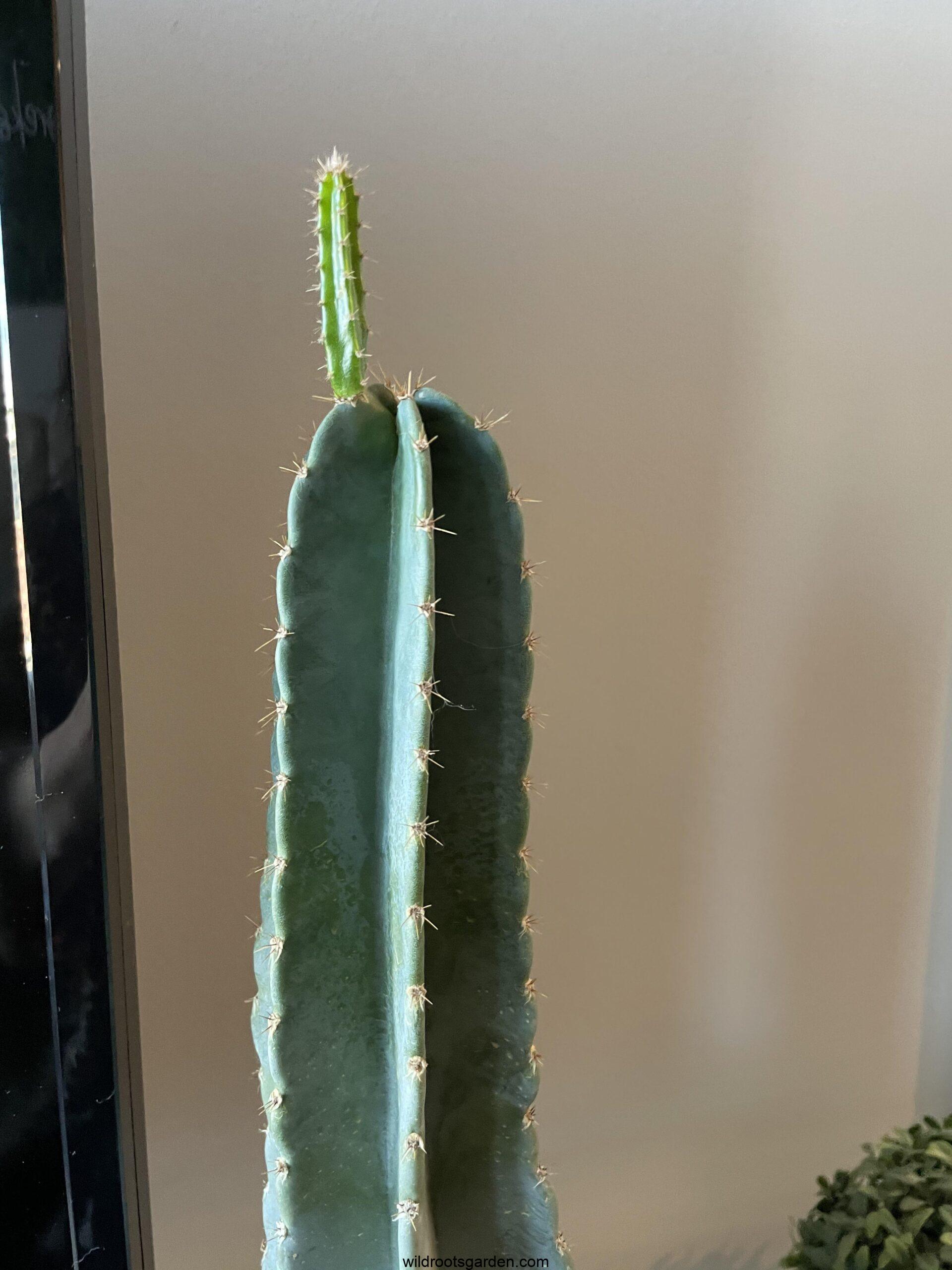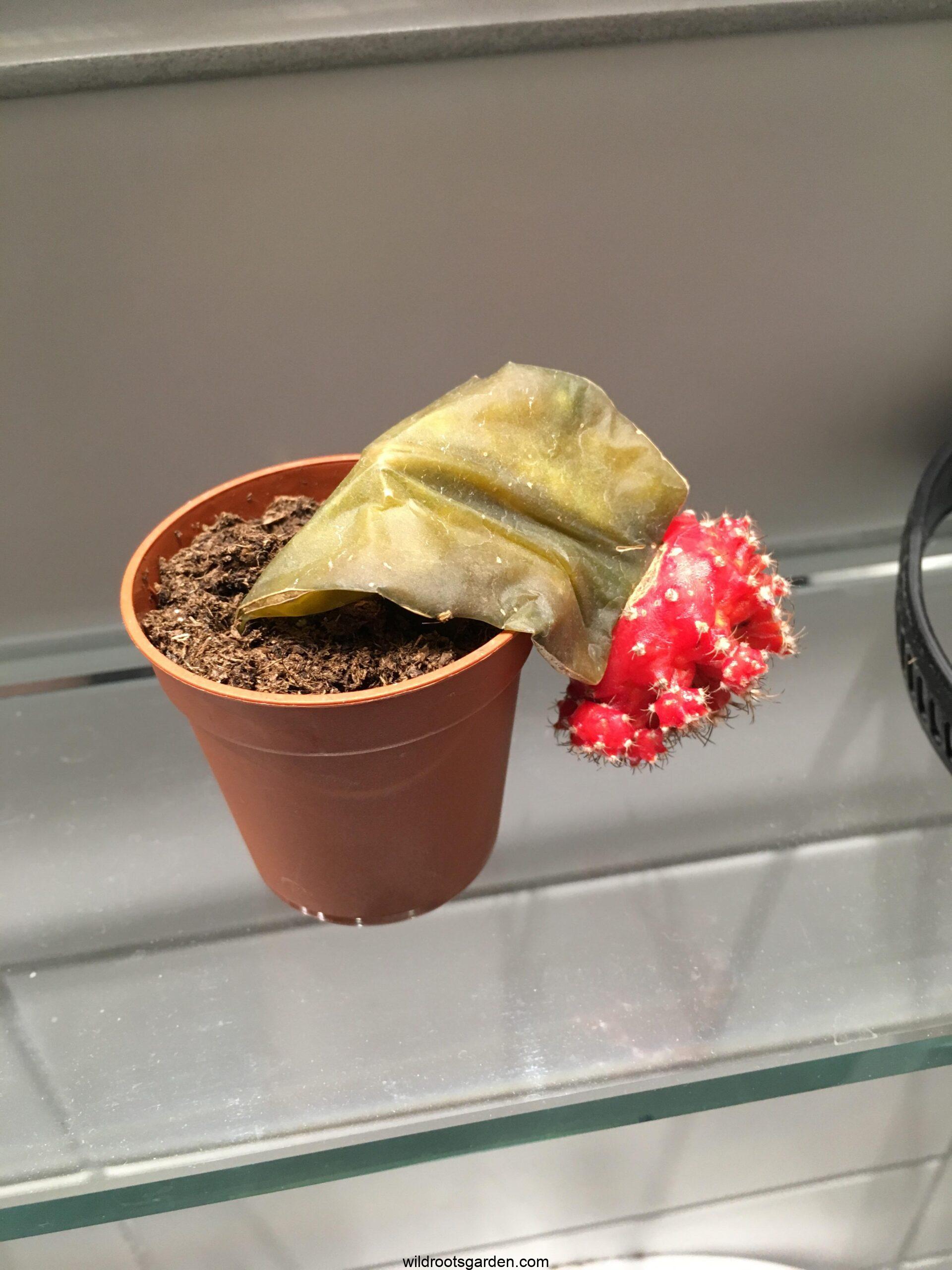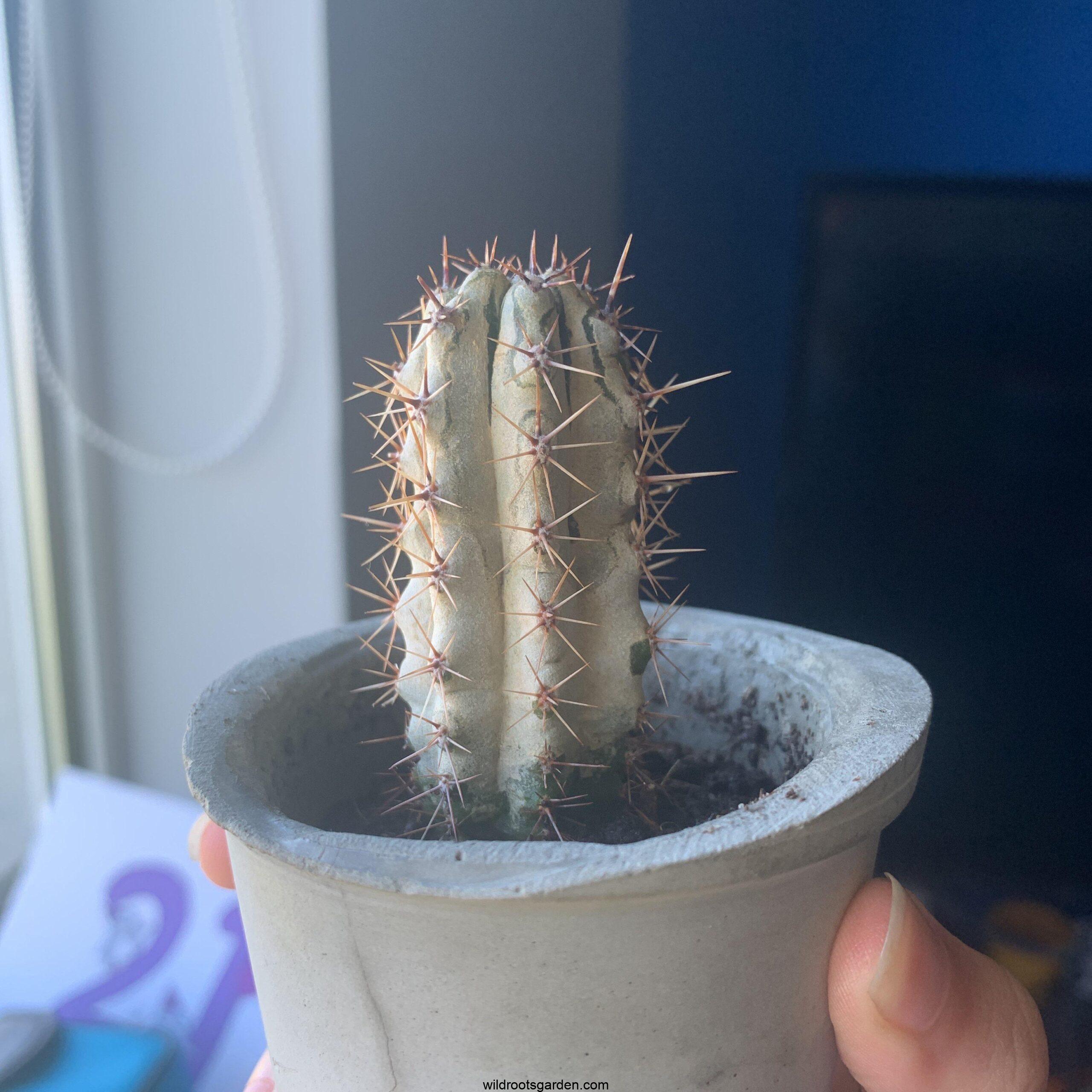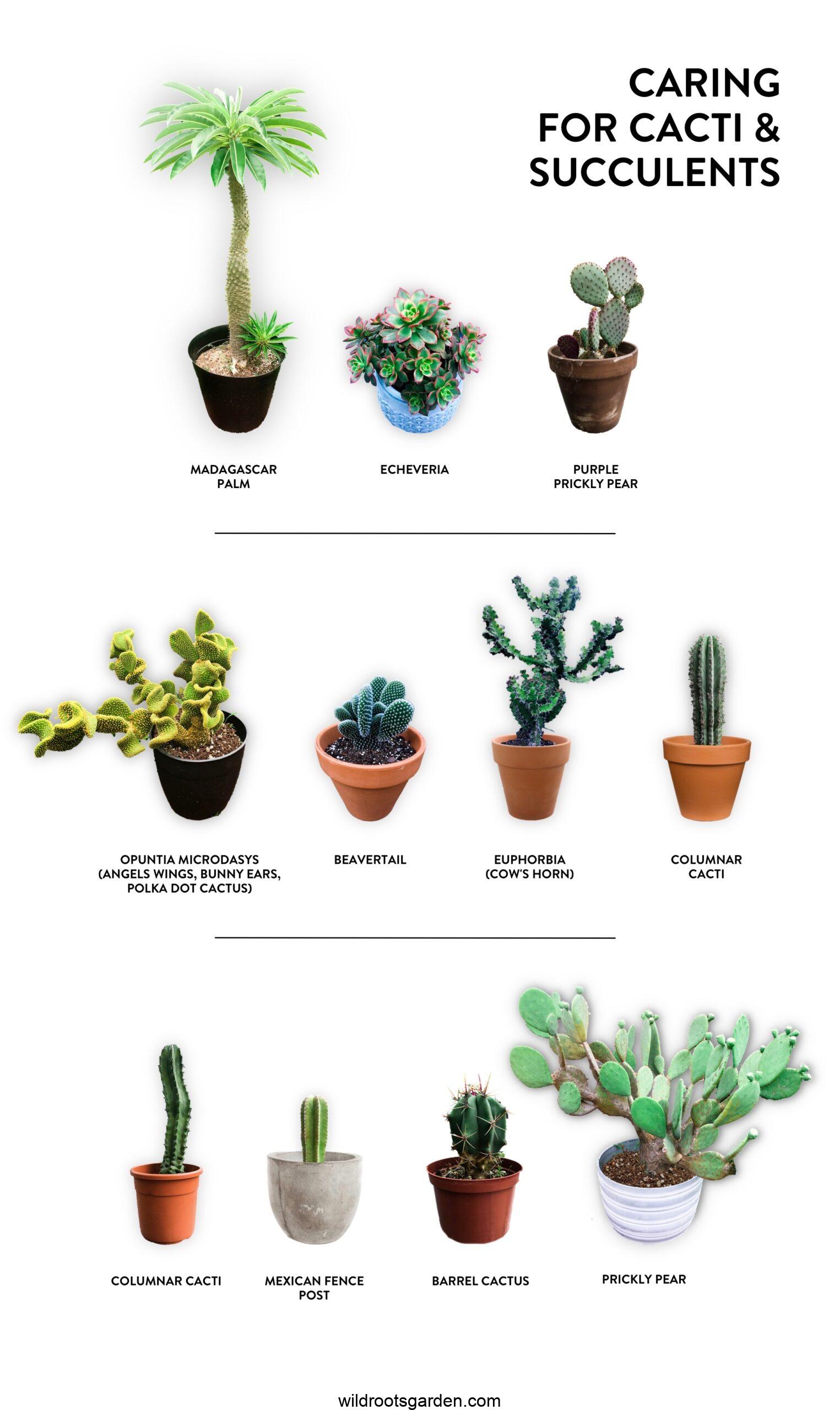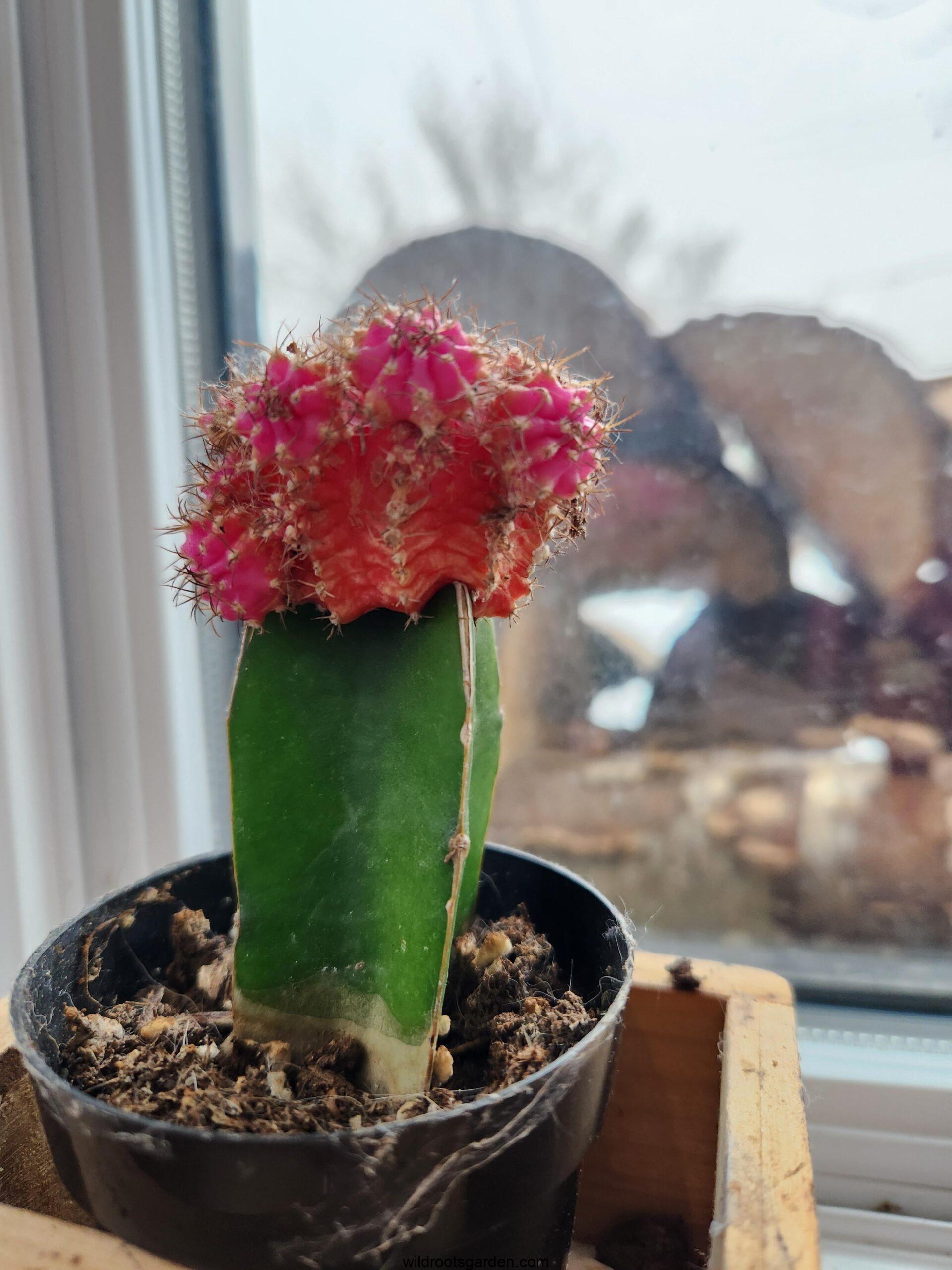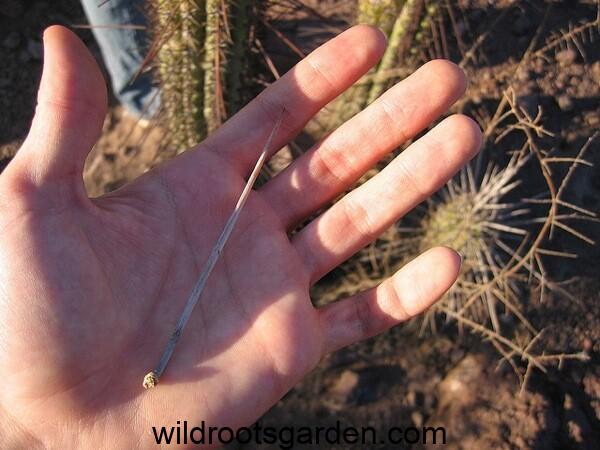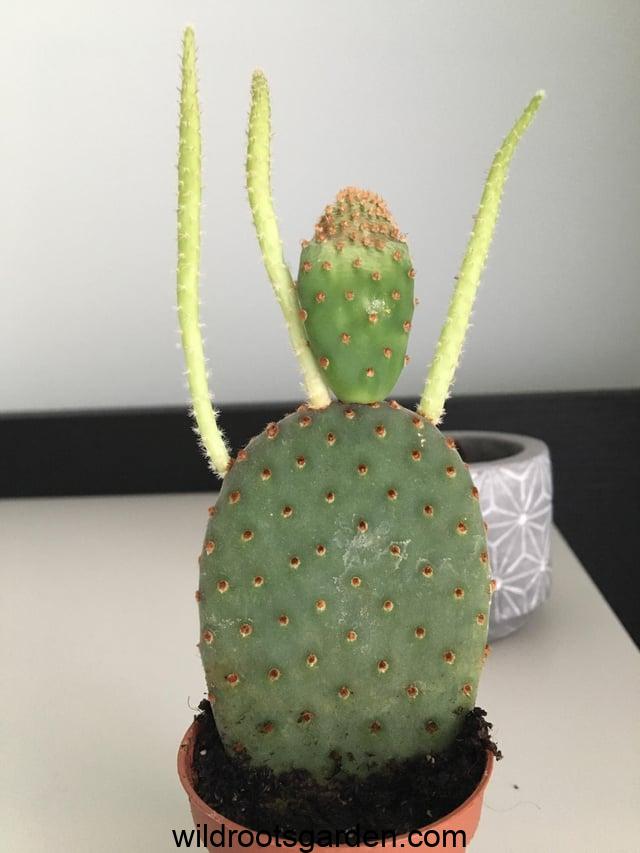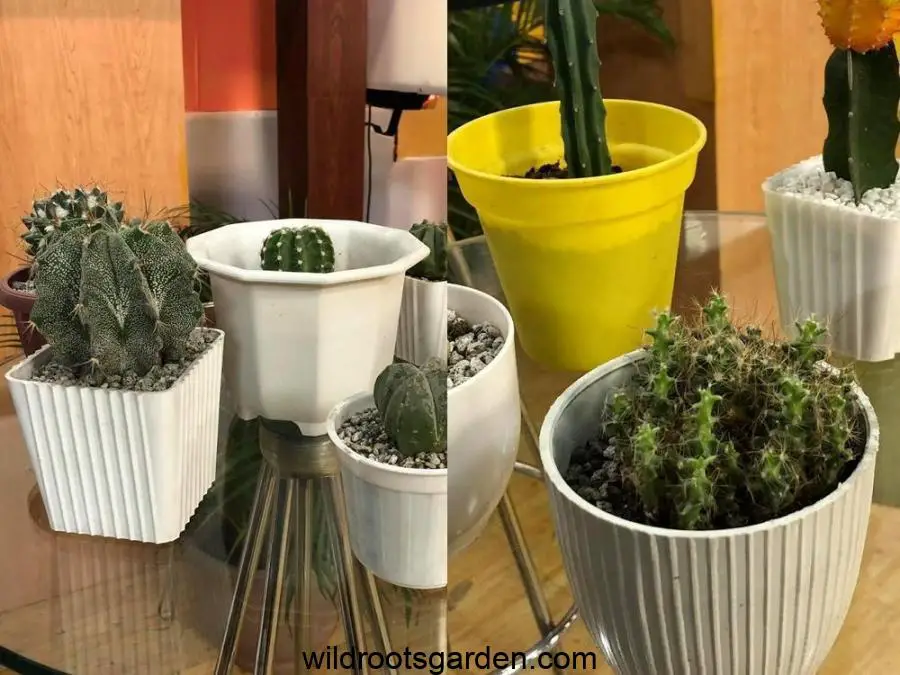| Add charm to your space with low-maintenance plants that thrive in dry conditions and need little attention. |
Cactus
Should I Cut Off Cactus Pups?: Pruning Tips for Growth
Yes, you can cut off cactus pups if you prefer a solitary stem. However, only remove them if they detach easily from the mother plant. Cactus pups are offshoots that can be used as cuttings to reproduce the plant. If you like the plant tufted, you can leave the pups as they are. Removing the … Read more
Can Cactus Be Poisonous?: Uncover Myths & Facts
Yes, some cactus species can be poisonous to humans and pets. It is essential to be cautious and aware of the specific type of cactus you have or encounter. Cacti are renowned for their unique and striking appearance, making them a popular choice for both indoor and outdoor plants. However, despite their popularity, many people … Read more
What Keeps A Cactus Alive: Desert Survival Secrets
A cactus stays alive by reducing water loss through transpiration, absorbing rainwater with its deep roots, and storing water in its thick stems. It also has sunken stomata and a waxy coating on its stem to further reduce water loss. These adaptations allow the cactus to survive in arid desert conditions. Proper care, such as … Read more
Why Is My Cactus Turning White? Uncover the Causes
If your cactus is turning white, it could be a sign of sunburn caused by direct sunlight or sudden temperature changes. This can lead to yellowing and eventually the skin turning white and soft, indicating the plant’s decline. However, cacti have natural ways of coping with intense heat and sunlight. To save a sunburned cactus, … Read more
How To Take Care Of A Cactus: Essential Tips for Growth
To take care of a cactus, place it in a sunny spot, use well-draining soil, and water sparingly. Cacti need bright, indirect light and infrequent watering, allowing the soil to dry out completely. Cacti are low-maintenance plants that can add a touch of desert beauty to any space. Their unique appearance and minimal care requirements … Read more
Can You Eat Cactus Fruit? Discover Its Surprising Benefits
Yes, you can eat cactus fruit. Cactus fruit, also known as prickly pear, is edible and delicious. Prickly pears have a sweet, juicy interior with little edible seeds and are often likened to the flavors of melon or kiwi, sometimes with a hint of bubblegum. The fruit can be eaten raw, straight from the plant, … Read more
How Do I Know If My Cactus Is Dying: Revival Tips
To determine if your cactus is dying, look for signs like soft, mushy stems, black roots, and discoloration. These symptoms indicate potential issues that need immediate attention to save your cactus. Additionally, watch out for wilting, wrinkling, yellowing, and leaf drop as signs of dehydration and distress in your cactus plant. By closely monitoring these … Read more
Why Do Cactus Needles Hurt: Uncover the Sharp Truth
Cactus needles hurt because they have barbs that easily fracture flesh and catch in the skin. These barbs cause pain by penetrating the skin deeply, making removal difficult and painful. Additionally, cactus spines can lead to infections if left in the skin for too long. The structure of cactus needles, especially in varieties like cholla, … Read more
Can Cactus Survive Without Sunlight: Indoor Care Secrets
Yes, cacti can survive without direct sunlight, but they need bright, indirect light for healthy growth. Cacti and succulents can tolerate low-light conditions, but they still require some light for photosynthesis and overall well-being. While some cacti can thrive in shade, sudden exposure to direct sunlight can lead to sunburn and potential health issues. It’s … Read more
Are Cactus Good Luck? Expose the Myth
Cacti are not traditionally considered to bring good luck, as they are believed to carry negative energy. Although cacti have protective qualities, their spines are associated with disrupting peace and sleep. However, despite these beliefs, cacti have their unique symbolism and benefits. Originating from deserts, they symbolize endurance, courage, and resilience in the face of … Read more

